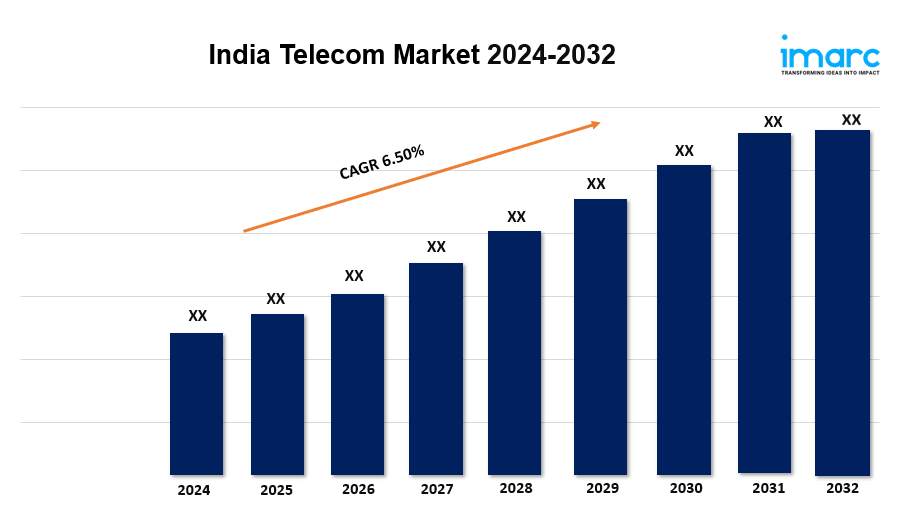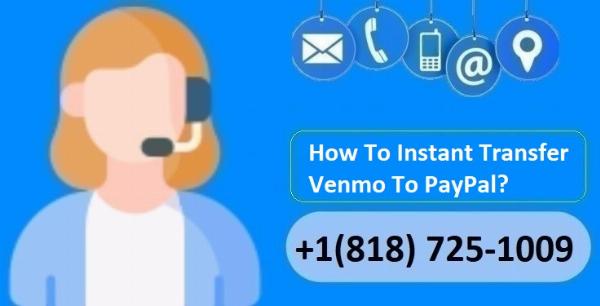Different Types of Down Payment Assistance Programs in Canada and How They Work

Strong 8k brings an ultra-HD IPTV experience to your living room and your pocket.
A small boost can make a big difference - down payment assistance programs prove just that. These assistance programs take a huge weight off buyers’ shoulders by covering a part of that high upfront cost. If you are also considering using a first-time buyer program to achieve your dream, that’s a smart move. But before you take the next step, here’s something you must know: Not every down payment program works the same way. There are different types of down payment programs, each with its own structure and repayment terms.
Types of Home-Buying Assistance Available in Canada
1. Grant
Simply put, down payment assistance in the form of a grant is free money that helps you cover part of your down payment. Government, non-profit organisations, and private companies usually offer these grants. First-time homebuyer grants can range from a few thousand dollars to tens of thousands.
Repayment Requirements -
There are usually no repayment requirements for grants. However, some programs may require you to meet certain conditions, such as living in the home for a set amount of time. If you sell or rent out the property before that time, you might have to repay part (or all) of the grant.
2. Commission-Based Cashback Program
Real estate platforms, including brokerages, usually offer commission-based cashback programs. These programs give buyers back a portion of the real estate commission to help with their down payment. Here’s how these programs work -
Typically, real estate agents earn a commission when they help you buy a home. In a commission-based cashback program, a portion of this realtor commission is refunded to you (the homebuyer) to help with your down payment.
For instance, take the down payment assistance program Tonsto as an example. This real estate platform offers you a cashback of up to 2% from the commission they earn by representing you in the buying process. You will receive this assistance before the closing day.
Repayment Requirements -
There are no repayment requirements. These down payment programs are simply a way to make homeownership easier and more affordable for buyers.
3. Forgivable Loan
A forgivable loan is a loan where the amount you borrow for the down payment is forgiven over time if you meet certain conditions. The Region of Waterloo, for instance, offers a forgivable loan program to first-time homebuyers. This program gives you up to 5% of the home’s purchase price to help you achieve your home ownership dream. You do not have to repay the loan if you live in the house for 20 years. However, you must repay the assistance if you sell the home or the loan defaults before 20 years.
Repayment Requirements -
If you meet the down program’s requirements, the loan is completely forgivable - you won’t owe anything. But if you sell or move early, you may have to repay all or part of the loan.
4. Low-Interest or No-Interest Loan
Under this assistance program, you can borrow money to cover part of your down payment. But at a lower interest rate than you would typically find at a bank or other financial institution, or in some cases, zero interest. Provincial or federal governments and lenders usually offer these loans.
Repayment Requirements -
The repayment requirements for low-interest loans are similar to other loans. You must repay this down payment assistance in instalments over a set period, usually between 10 and 25 years. However, your monthly payments will be comfortable on this loan since the interest rates are lower.
5. Closing Cost Credit
A closing cost credit is an assistance type that helps you cover the extra costs you will face when closing on a home. These costs can include legal fees, home inspections, and title insurance, and they can add up quickly. The closing cost credit can be a huge relief when you are already stretched thin with down payment expenses.
Repayment Requirements -
In most cases, closing cost credits don’t have to be repaid. However, make sure to read the program’s terms and conditions to avoid any surprises.
6. Tax Rebate
Tax rebates are refunds that you can receive after purchasing a home. These rebates can help you recover some of the home-buying costs and make it easier to afford the down payment. For example, the GST/HST New Housing Rebate allows you to recover some of the GST or HST you pay while buying a newly built home. You can use the tax rebate to cover homeownership expenses such as new furniture or renovations.
Repayment Requirements -
You do not have to pay back the tax rebates. After all, they are essentially a refund of the money you have already paid.
7. Shared Equity Program
Shared equity programs allow a third party to contribute a portion of your down payment in exchange for a share in your home’s equity. So, when you sell the home, the third party will receive a portion of the profit based on the value of their contribution. This third party could be the government, a non-profit organisation, or a private platform.
Repayment Requirements -
You don’t have to make regular payments on this down payment assistance. But you will have to share the profit when you sell the property. The more your home appreciates, the more you will owe in repayment.
8. Tax-Advantaged Savings Program
Tax-advantaged savings programs help you save for your down payment while offering tax benefits. Some examples of the tax-advantaged savings program are the Home Buyer’s Plan, First Home Savings Account and the Tax-Free Savings Account.
Home Buyer’s Plan (HBP) - You can withdraw up to $60,000 from your RRSP without tax obligations.
First Home Savings Account (FHSA) - This program allows you to save up to $8000 a year toward your down payment tax-free.
Tax-Free Savings Account (TFSA) - The TFSA program lets you save money tax-free, and any withdrawals you make are also tax-free.
The Next Step – Choosing the Right Down Payment Program for You
When the time comes to look for down payment assistance, take the time to research all the programs available in your area. The more you explore, the better your chances of finding one that works for your situation. Once you have a list, dig deep into the details of each down payment program. Make sure you understand exactly how the down payment program works before applying.
In the end, the right assistance program is the one that fits your current financial situation and supports your long-term goals. Choose wisely, and you will be a step closer to your home ownership dream.
Note: IndiBlogHub features both user-submitted and editorial content. We do not verify third-party contributions. Read our Disclaimer and Privacy Policyfor details.







